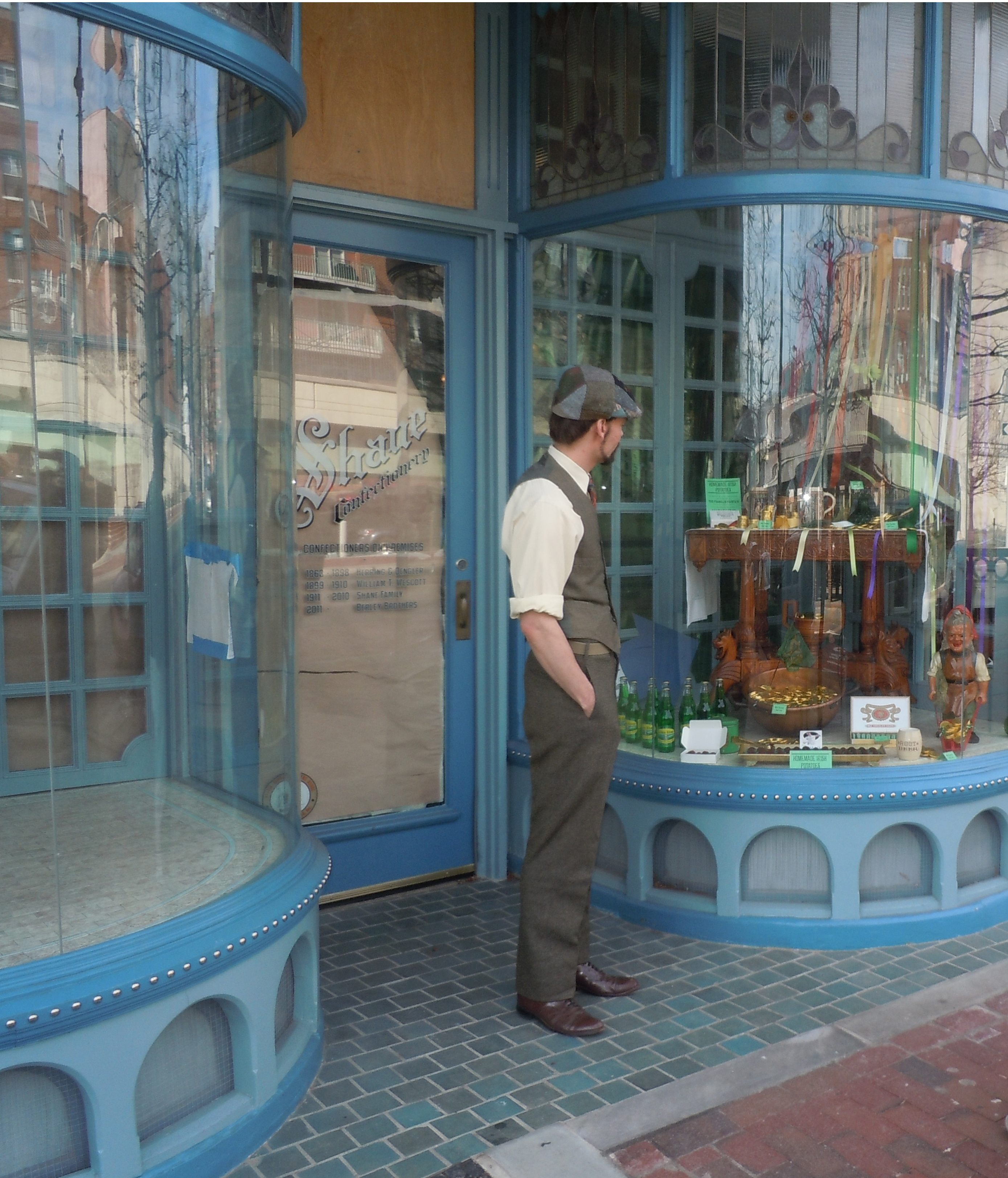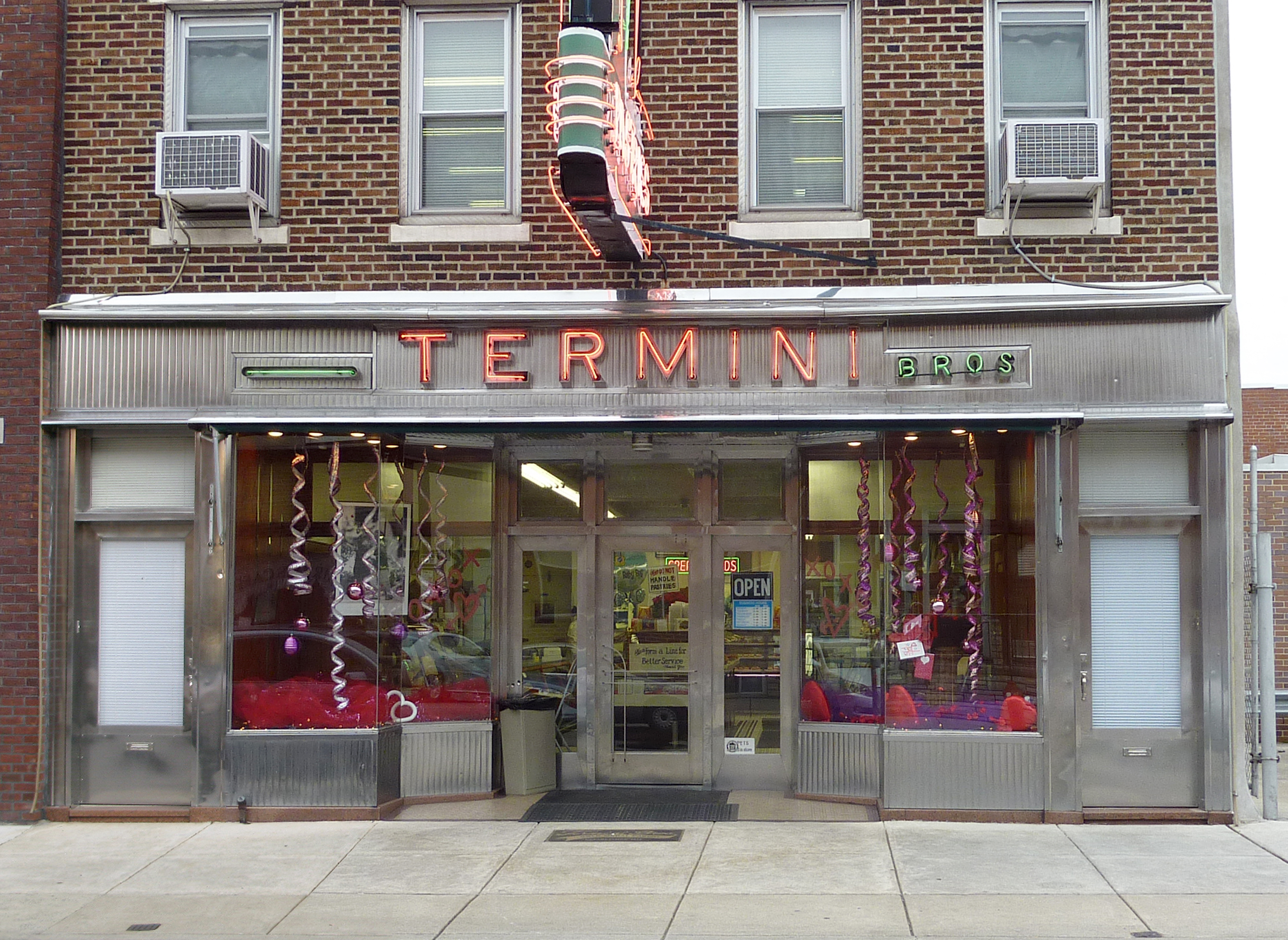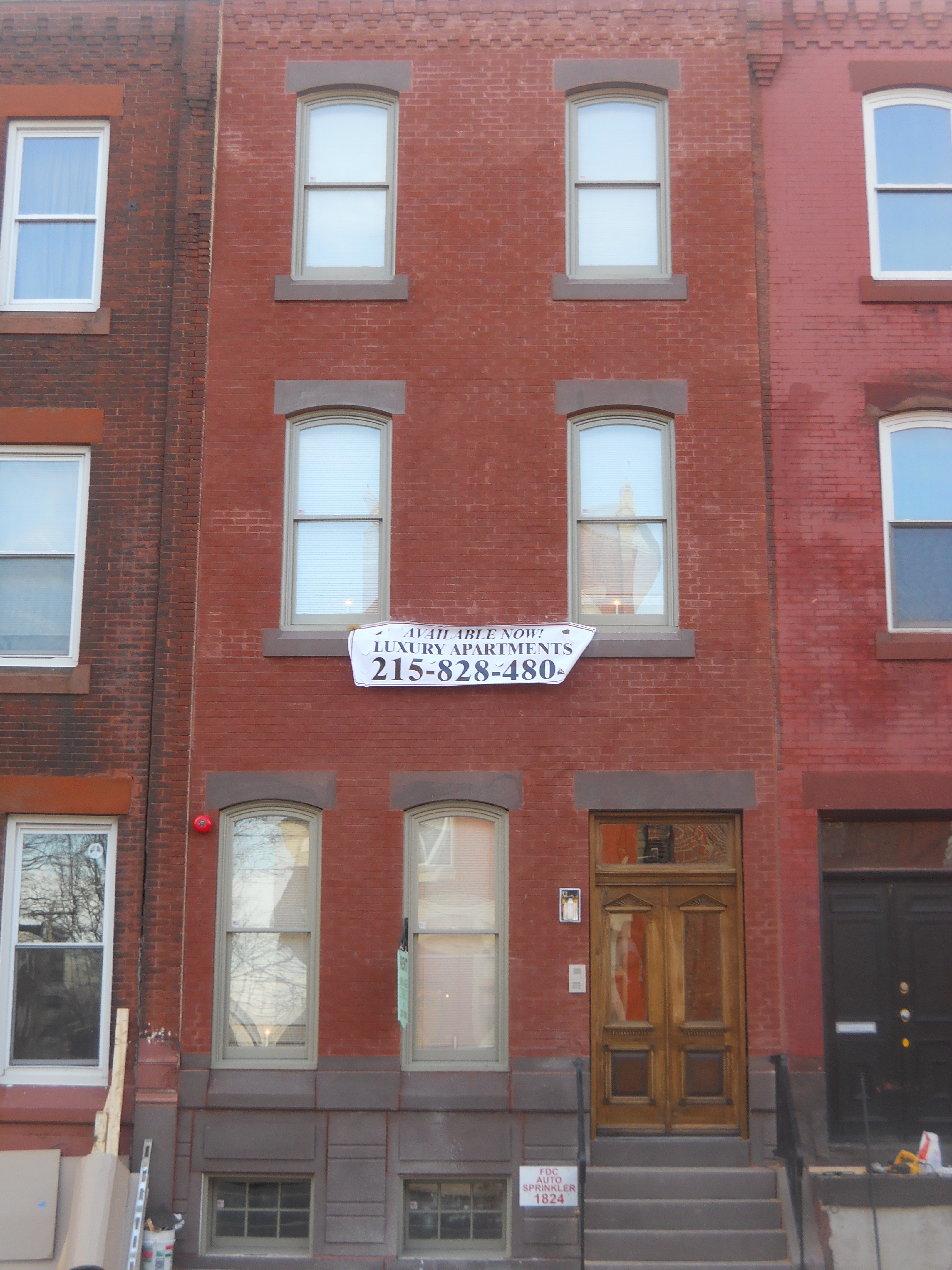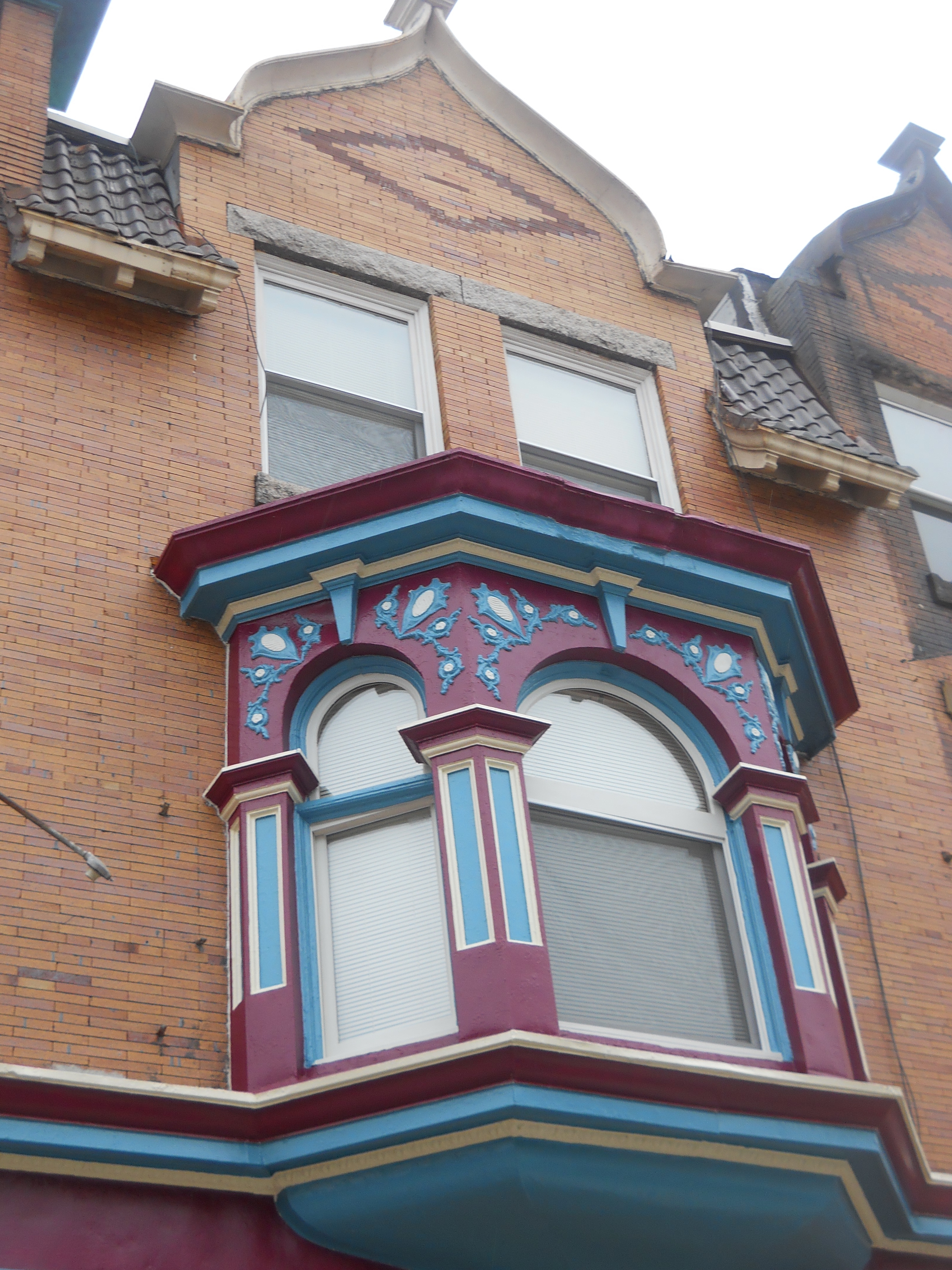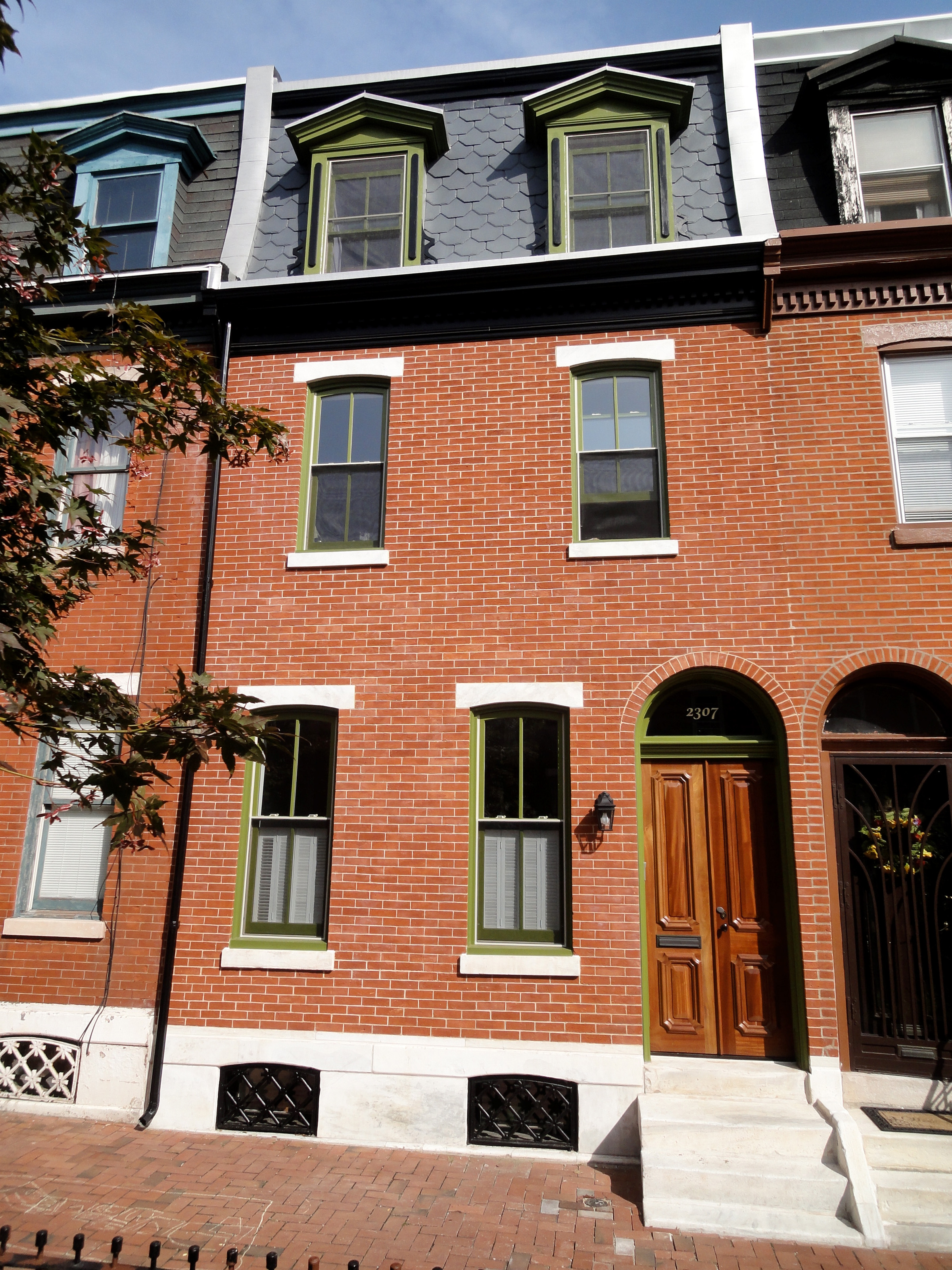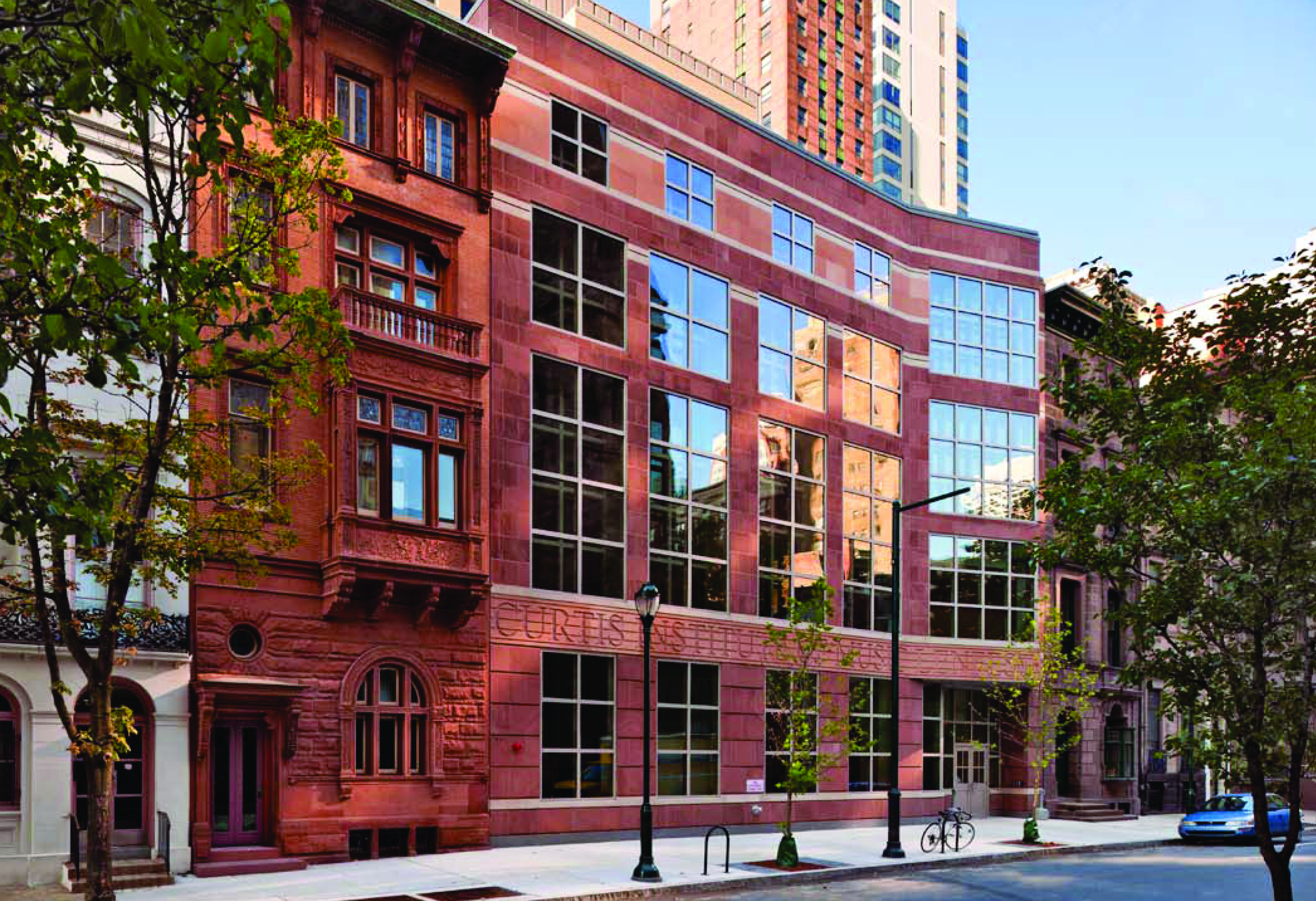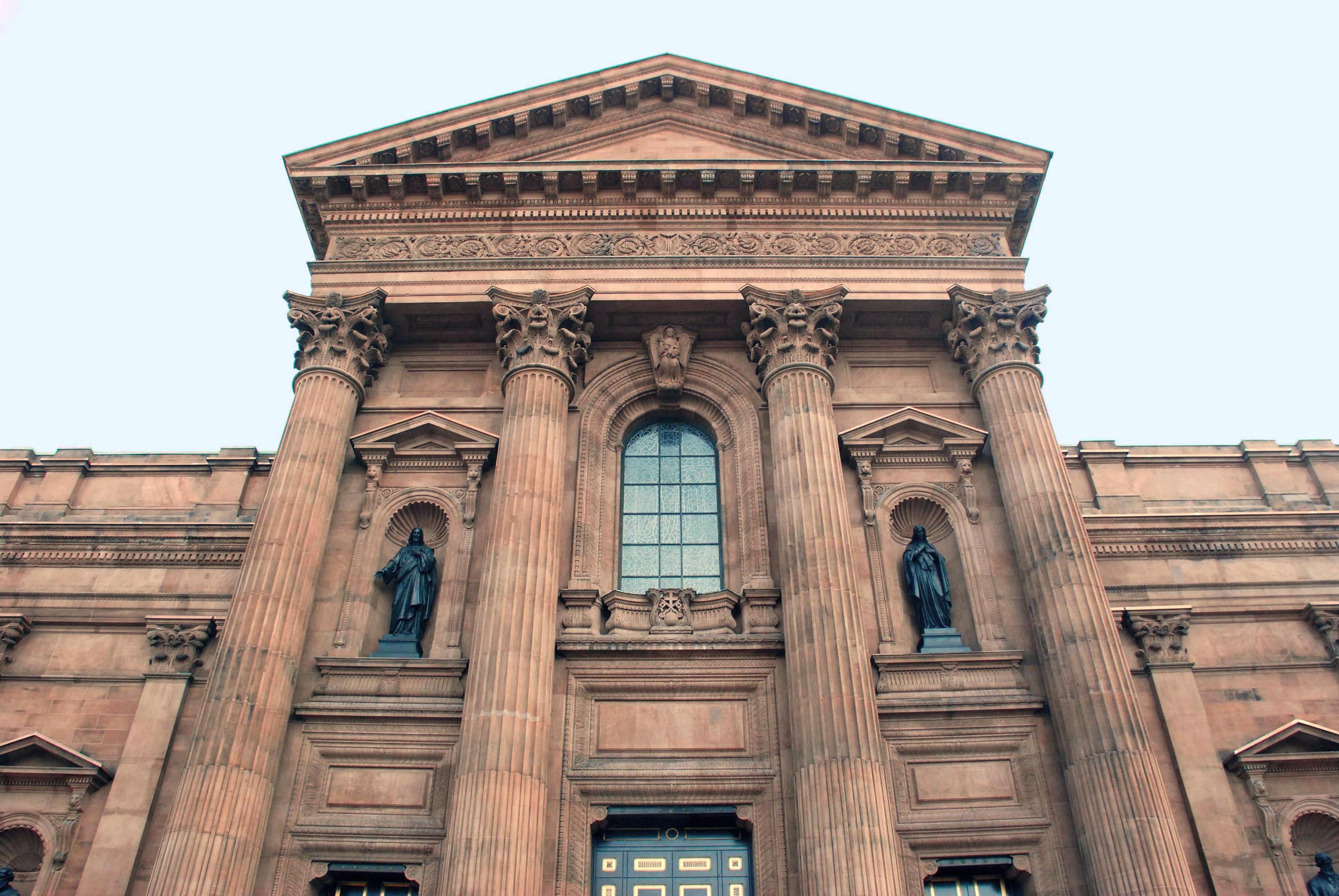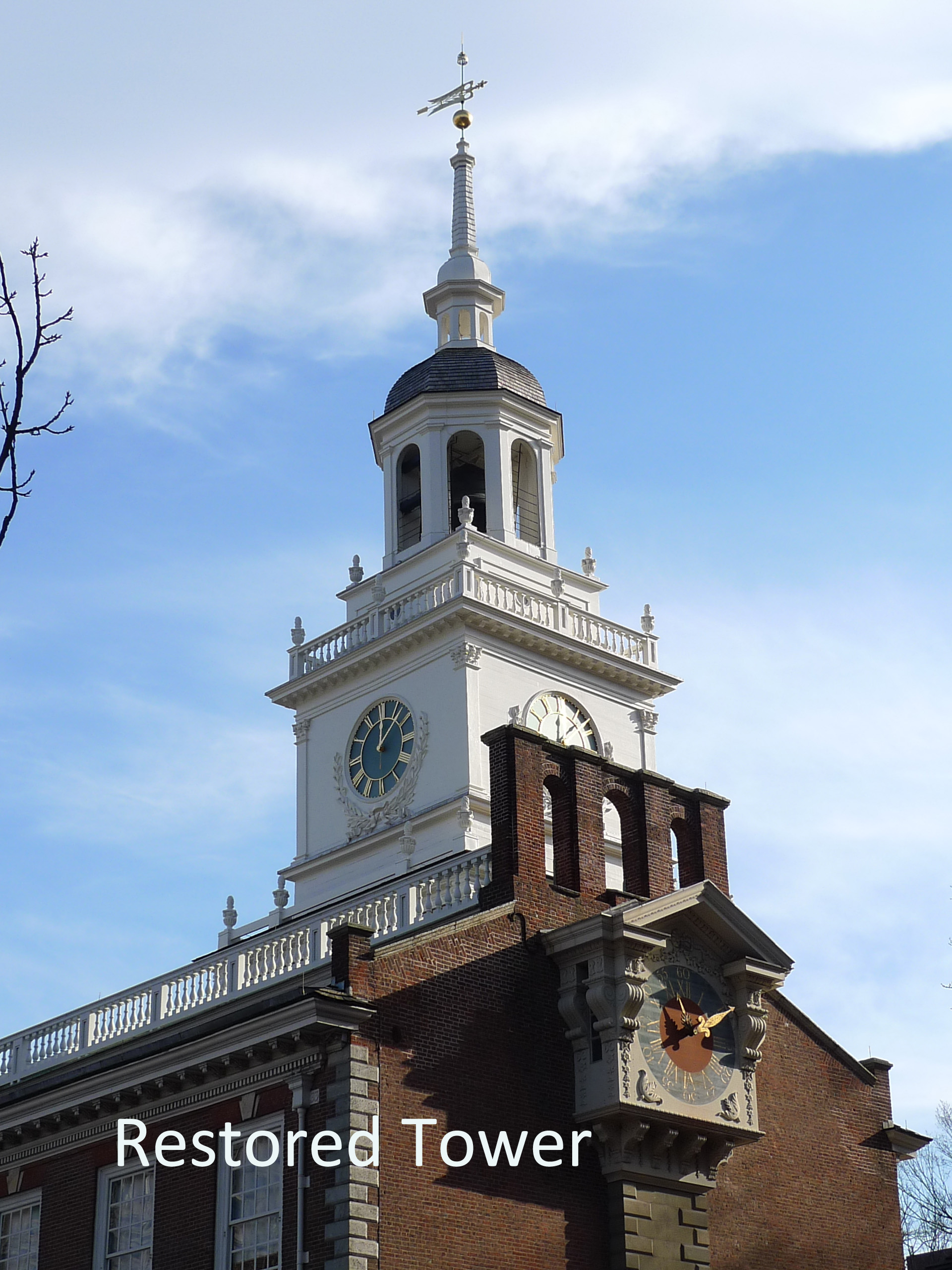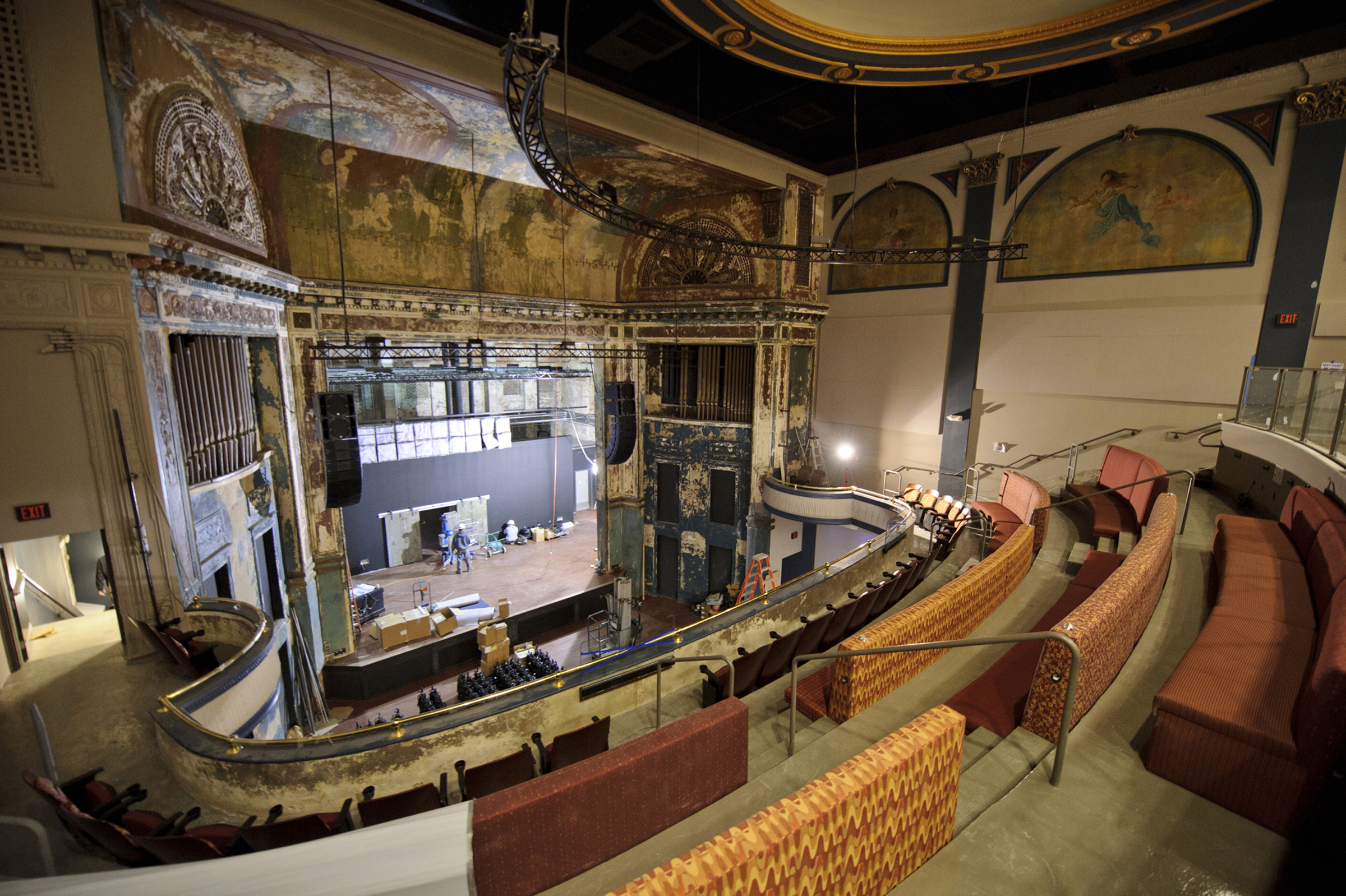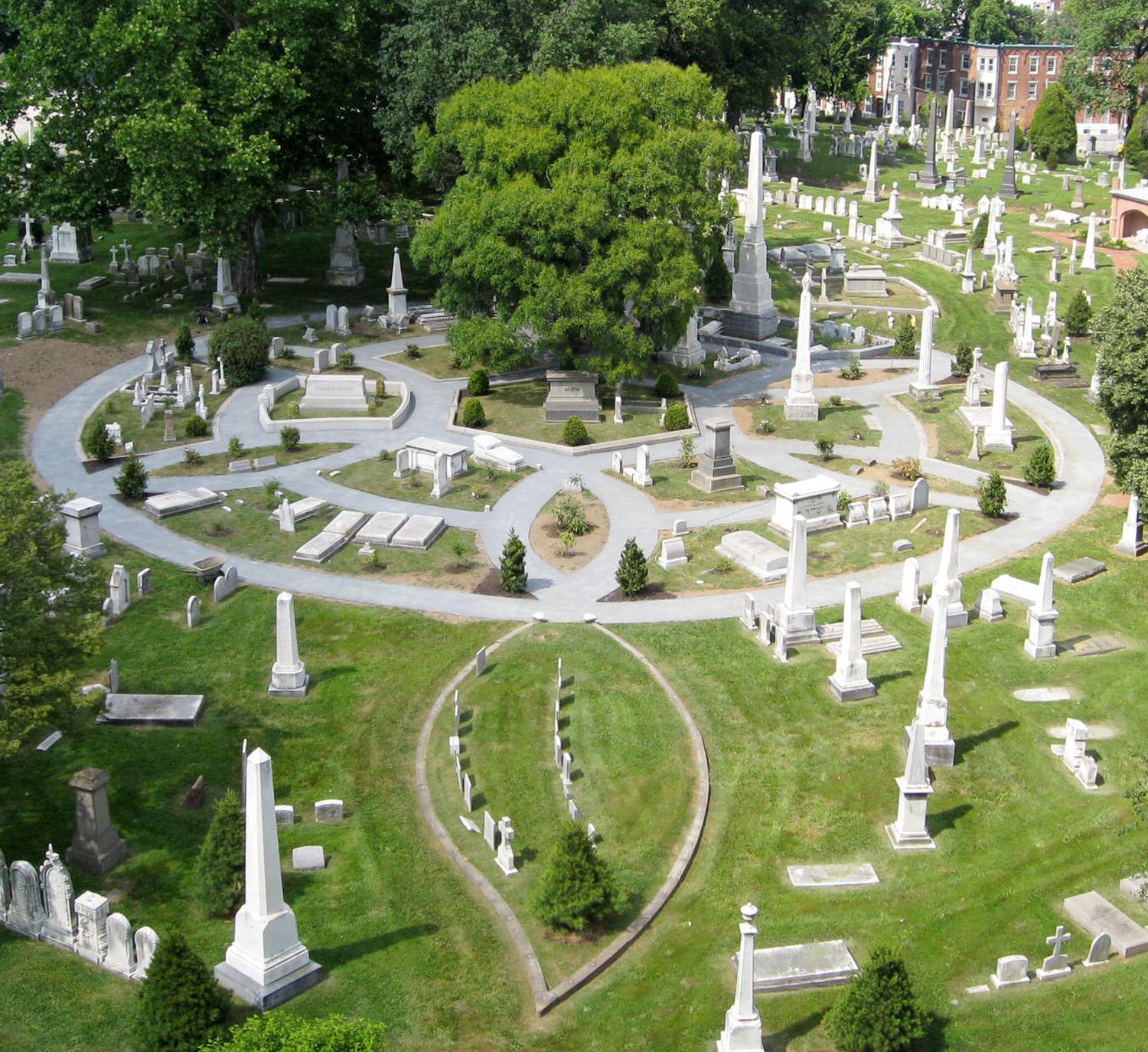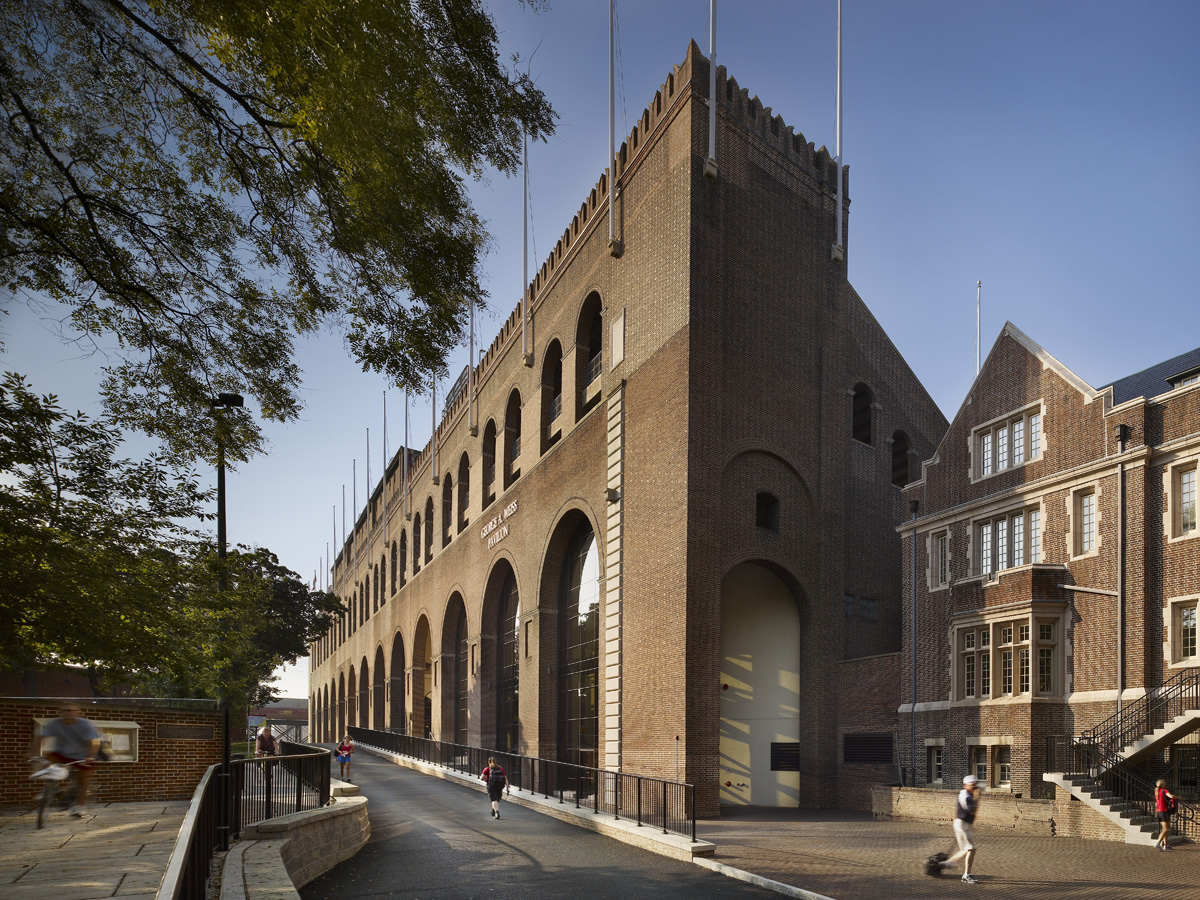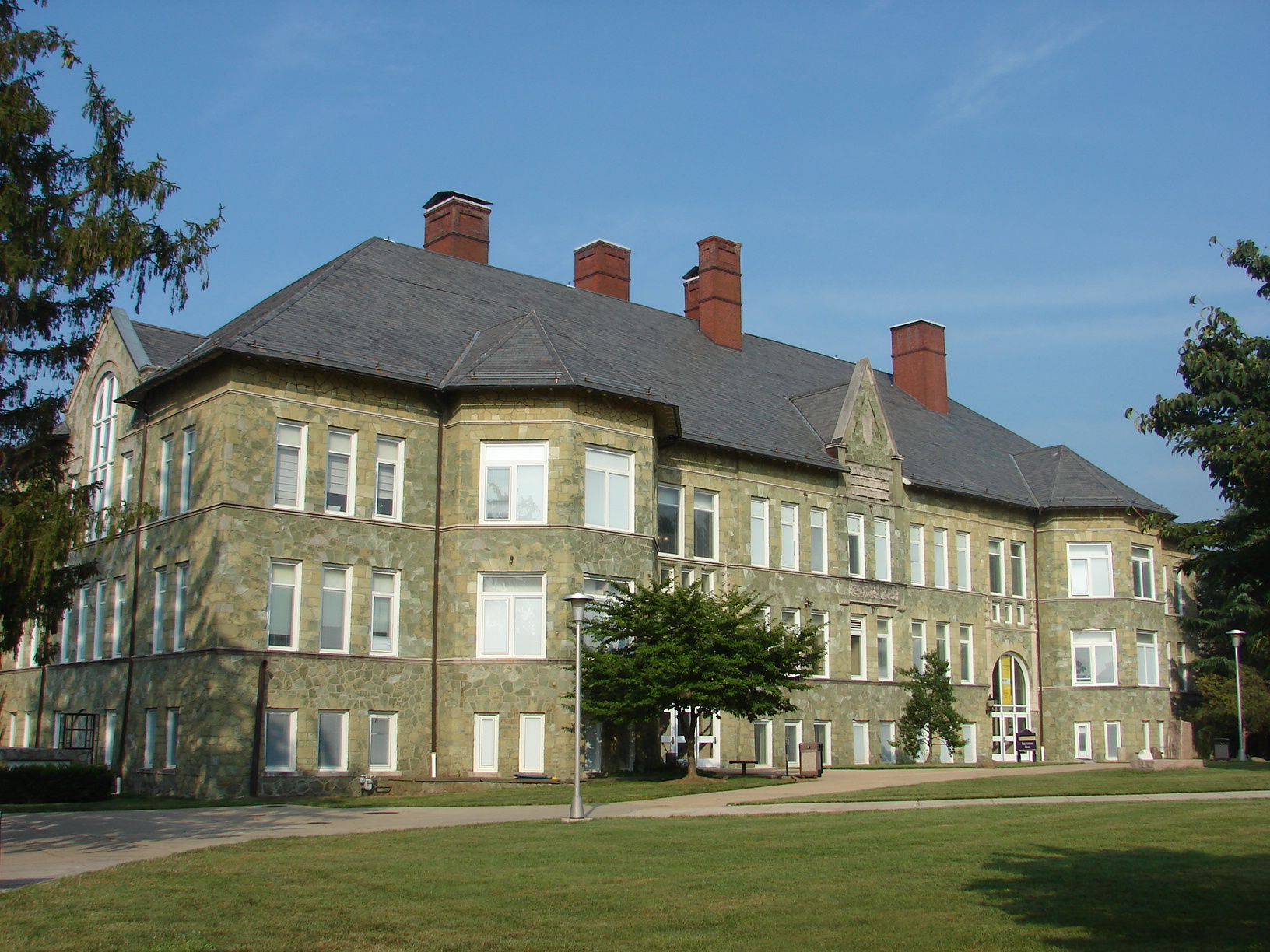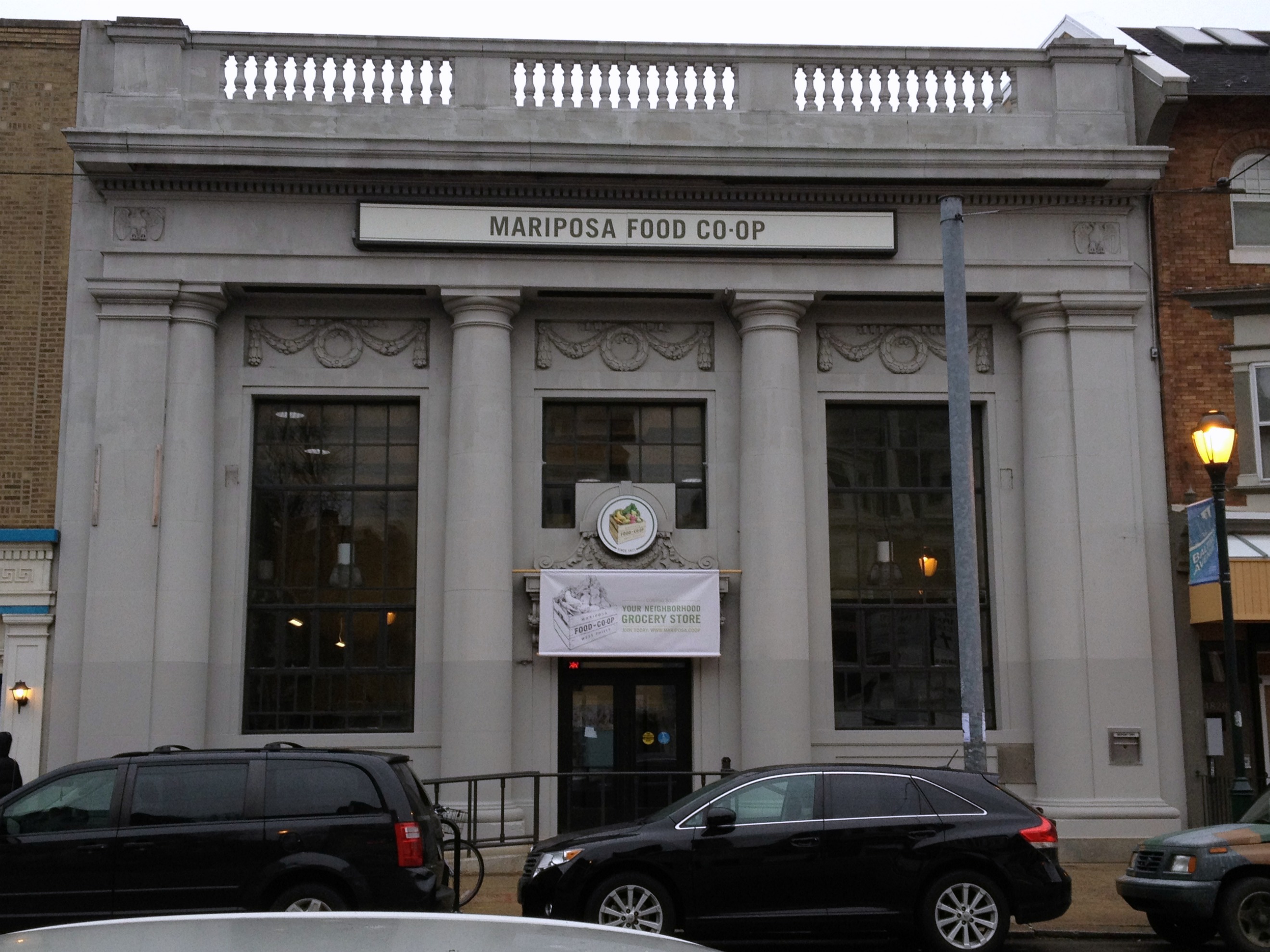Iconic Philly storefronts and historic icons to receive preservation honors
Grand scale projects and an American icon are on the list of honorees, but a handful of small, lovingly restored sites will also be in the spotlight when the Preservation Alliance for Greater Philadelphia presents its annual Preservation Achievement Awards on May 8.
Two of the award winners are quintessentially Philadelphia family businesses: Shane Confectionary and Termini Brothers Bakery.
The preservation of the candy store, 110 Market St., was “such an act of love,” explained Patrick Hauck, director of the neighborhood preservation program at the Alliance. “Talk about taking the confection and putting it on the outside.”
The restoration occurred outside and inside. The material “was all there, but they brought back the look of 1911 when the store was built,” Hauck said. The ornate interior was completely refurbished, including the period light fixtures. The site is now a living replication of turn-of-the-century indulgence: a working candy factory and showcase store.
The South Philly bakery has a more recent history, which makes its preservation all the more noteworthy. Erected as the company’s flagship store in 1938, its preservation involved the rebuilding and restoration of its stainless steel exterior, metal ceilings, original doors, and signature neon signs. “A lot of buildings from the 1930s don’t get restored with this kind of historic detail,” Hauck said.
“Termini Brothers and Shanes are great examples of things that have been in Philly for a long time, and they have a sense of place and sense of culture – we really need to honor them.”
Another distinctive feature of the Philadelphia streetscape is the row house, and several outstanding examples of preservation or replication are being cited this year. Two are by the same small company, Power House Development Inc., a firm that had been unfamiliar with the challenges of historic preservation.
When the owners of Power House, Audrey and Benito Martinez, bought the vacant lot at 1824 Diamond St. in North Philadelphia, they didn’t realize they would have to carefully follow the guidelines of a historic district. “They never had done this kind of in-fill construction,” Hauck said, “but they rose to the occasion so beautifully. They came up with a great project.”
Many developers create new houses that look completely different from the rest of the block, but “here’s this one filling in the gap with this tooth and really recognizing and working well with the history on Diamond Street,” Hauck said. Audrey Martinez saw “the added value in taking those extra steps.”
Power House is also being honored for its work at 431 N. 39th St., a block in Powelton Village known for its distinctive curving facades. “This is one where she bought the property and again didn’t know what she’d gotten into –that the project would be done under the auspices of the Philadelphia Historical Commission,” Hauck said. “But now that she’s done it, she is really excited about working in preservation. She has definitely learned by doing. And we think she’s a great model for small-scale developers to do this kind of work in historic districts.”
The third residential site to be honored is 2307 St. Albans St., a block whose Philadelphia ambiance was captured in the film “The Sixth Sense.” The developer, F. Scott Donahue, is experienced with projects that require more attention, “but he really went the extra mile with this house,” Hauck said. “This house could have been a goner.”
The restoration of the South Philadelphia site required rebuilding the entire façade, including major masonry work. Doors that matched the original design were milled as well. “This was just such a substantial rehab and a great contribution to that block,” Hauck said.
Concerns for the impact it would have on the block sparked controversy over one of the more prominent honorees this year. The construction of the Curtis Institute of Music’s new Lenfest Hall, 1616 Locust St., was preceded by studies of what effect the building would have on the 19th-century St. Mark’s Church across the street and issues regarding the setback of the new hall.
In addition, one of the historic brownstones would see its façade preserved in the project but would lose the rest of the building. “There were some trade-offs there,” Hauck said, “but the project came off because the restoration of the façade and the work behind it was high caliber. The design of the building is very successful. It unifies the block in a way that it wasn’t before. It is an example of great new construction downtown – a mix of preservation and urban design that came together very well.”
Two other projects were shoe-ins for preservation awards this year.
The restoration of the Cathedral Basilica of Saints Peter and Paul, 18th Street and the Benjamin Franklin Parkway, was a massive undertaking that involved cleaning its façade, brownstone walls and dome. “The size of the project, taking all that on – some of the projects come up and it’s just a given” that they will be honored for the task.
The other is Independence Hall Tower on Independence Square, a symbol of the history of the city and the nation. “There were some parts on the interior that were beginning to fail, so they really had to work fast,” Hauck said. There was a challenge in conserving all the materials in the building versus taking care of the structural issues at hand. But key materials that were not reinstalled were saved, Hauck said. “That’s always been the challenge of Independence Hall – that the tower has things that are starting to fail, and what would be lost if they waited any longer.”
Each year the Preservation Alliance also presents Community Action Awards that honor civic groups who mobilized efforts to protect sites that contribute to the historic fabric and identify of their neighborhood. The 2012 honorees include the Strawberry Mansion Community Development Corp. and Strawberry Mansion Neighborhood Action Center. The groups approached the Alliance with the desire to restore the former trolley barn, now a Septa bus terminal, at 33rd Street and Ridge Avenue. The project will expand the building, replace long-missing elements of the façade, add a news stand and other retail business, and “recreate it in the spirit that it was meant to be,” Hauck said.
Other recipients of 2012 Preservation Achievement Awards are:
Arch Street United Methodist Church Window, 55 N. Broad St., Philadelphia
George A. Weiss Pavillion at Franklin Field, 233 S. 33rd St., Philadelphia
Mariposa Food Co-op/Belmont Trust Company Building, 4824 Baltimore Ave.
Medallion Garden at Laurel Hill Cemetery, 3822 Ridge Ave., Philadelphia
PennDOT District 6-0 Bridge Rehabilitations: Cope’s Bridge, Strasburg Road over Brandywine Creek; Hares Hill Bridge, Hares Hill Road over French Creek; Henry Avenue Bridge, Henry Avenue over Wissahickon Creek; Rapps Dam Covered Bridge, Rapps Dam Road over French Creek.
Saint Francis de Sales Church, 4625 Springfield Ave., Philadelphia
Smithville Park Houses, Eastampton, N.J.
West Chester University Recitation Hall, 35 W. Rosedale Ave., West Chester, Pa.
World Café Live at the Queen Theater, 500 N. Market St., Wilmington, Del.
For more information about the Preservation Achievement Awards, go to http://preservationalliance.com/events/luncheon/luncheon.php
Contact the writer at ajaffe@planphilly.com.
WHYY is your source for fact-based, in-depth journalism and information. As a nonprofit organization, we rely on financial support from readers like you. Please give today.



